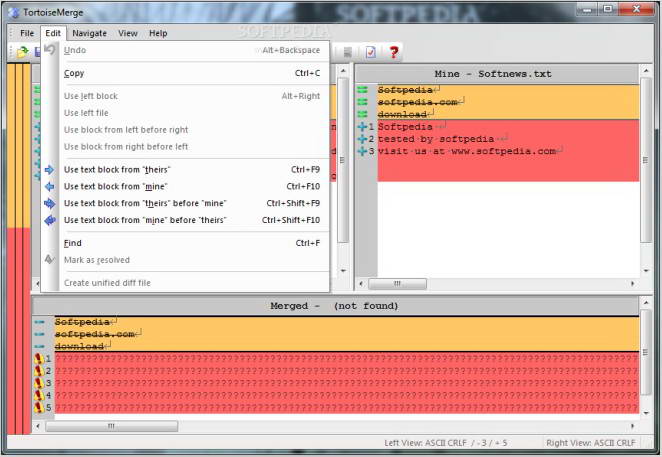
There is no "watermark" like stamp on the picture from which you later could tell if the picture, or the edit on the picture was committed from the CLI, or e.g., tortoise, either. The method to add the illustration to git, either from the command line, or via a GUI (for example TortoiseGit) should not have an influence how the image is managed by git itself. Git Kraken is excellent, though Git has a page on various GUIs, many of which are free with no restrictions: Personally, on Windows I like SourceTree: Some that have. SmartGit also works well with GitLab, Bitbucket, GitHub, and Azure DevOps.

> We now have a large selection of tools that allow you to visualize what's going on (I use git-kraken), as well as google for help on doing something that isn't in muscle memory. TortoiseGit is an open-source GUI interface best suited for large DevOps. Git-SIM: Visually simulate Git operations in your own repos with a single termi.Perhaps it is less exhaustive then a proper git client (in Windows e.g., tortoise), yet TeXStudio' GUI and integrated version control allows to resolve.
#Tortoisegit bitbucket manual
If running TeXStudio in Windows, my personal preference is to keep the automatic check-in disabled and to use the manual one (File -> SVN/git -> Check in) this allows an individual commit message with the briefer abstract line, empty line, and the longer report.


Most useful for the git log (as a graph), diff with previous versions, filter files to commit by directory and ability to exclude files from the current commit, and most of all ease of splitting a commit for each single file into parts by ability to "restore after commit" which allows you to edit a file before the commit and have it automatically restored to the pre-commit. Some times you need to compare to files you can do this with the notpad++ compare plugin or with Meld.


 0 kommentar(er)
0 kommentar(er)
